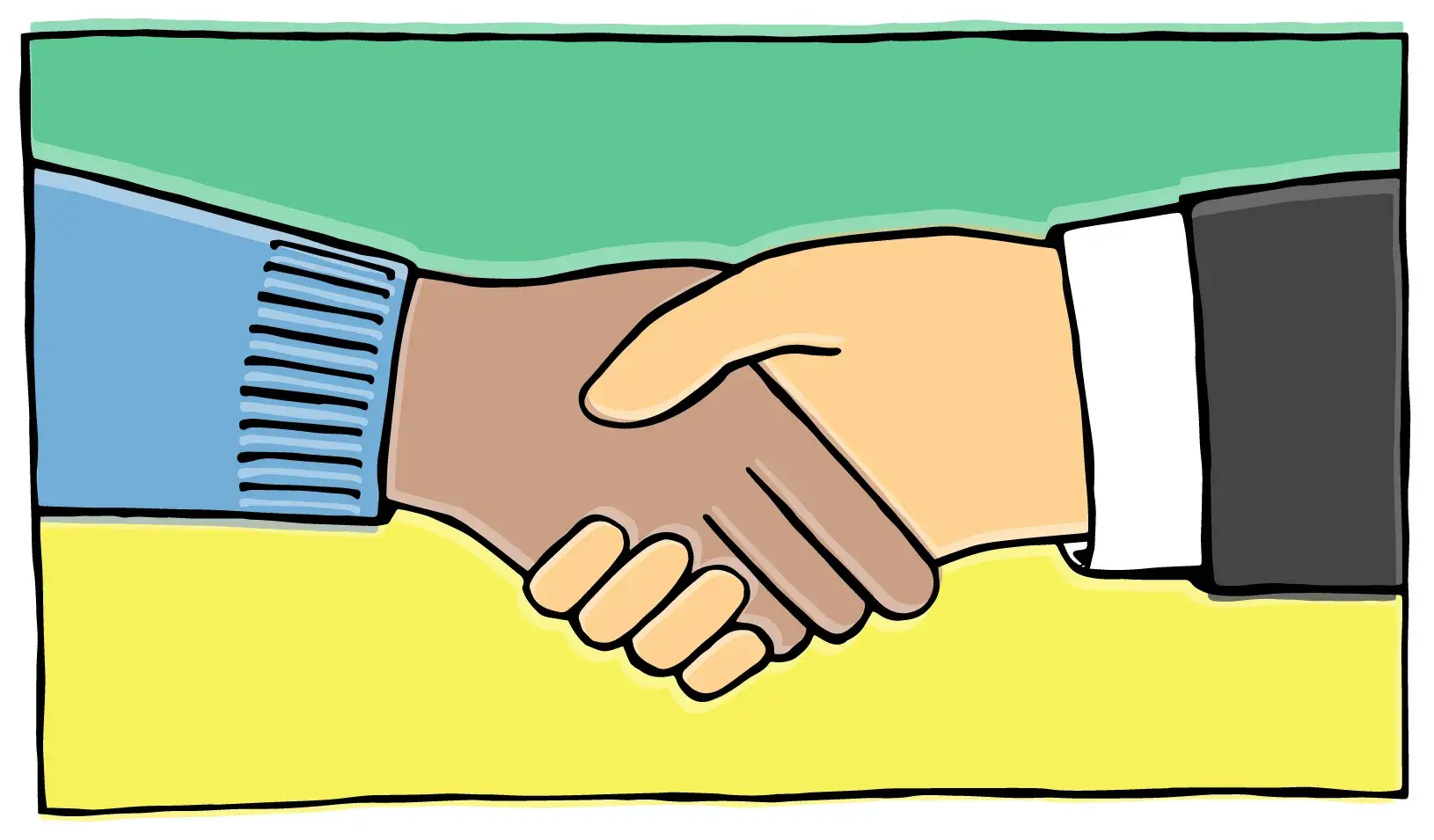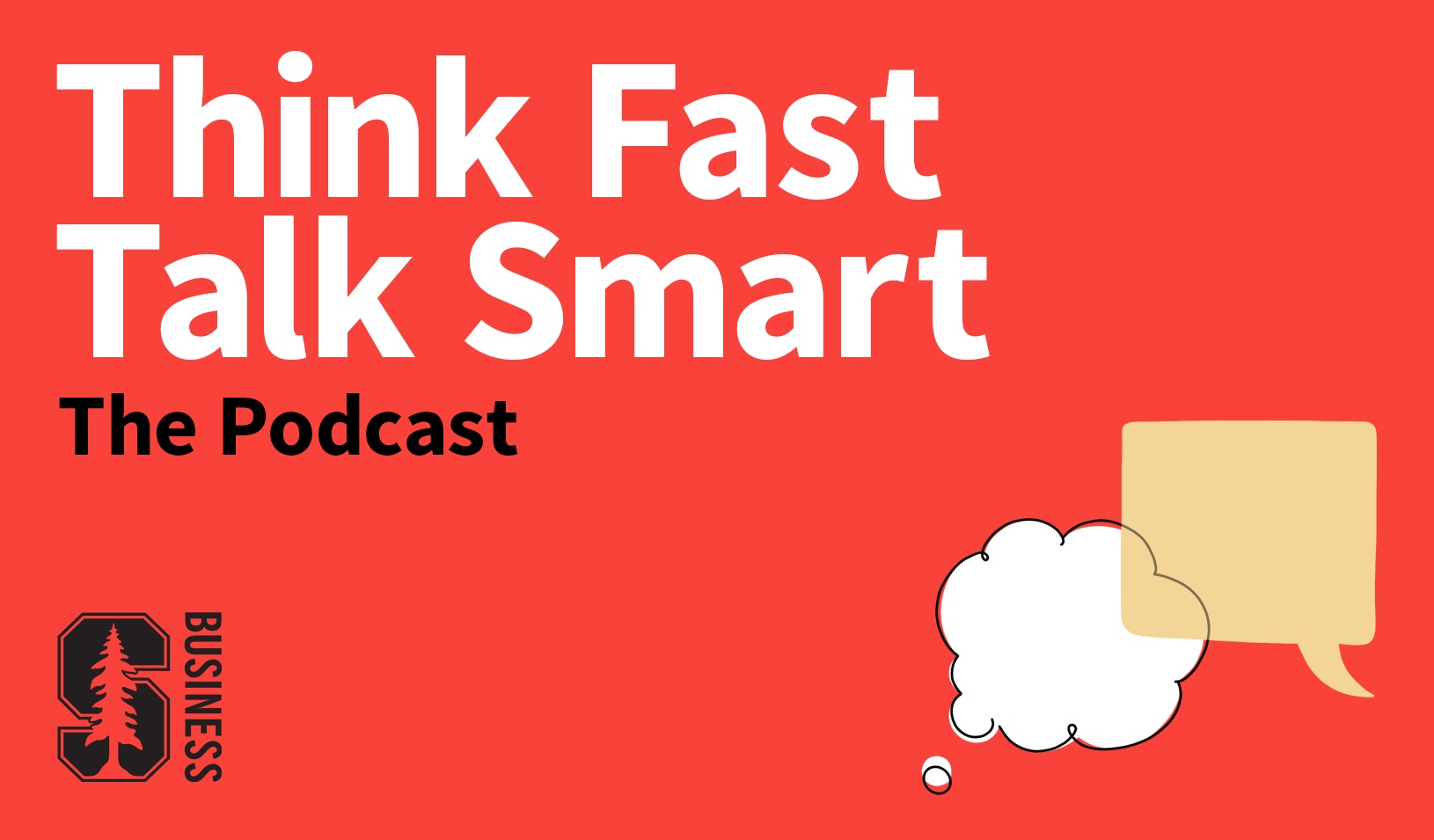Margaret Neale: Five Steps to Better Negotiating
Winning can mean more than dollar signs.
July 16, 2015

When people are drawn into the battle, they will sometimes give up too much — even against their own interest, says Stanford GSB professor and author Maggie Neale.| Illustration by Tricia Seibold
The modern framework for negotiation is broken: Most of the prevailing theories see negotiations as battles in which the players act rationally in their own best interests. If you are lucky, this is a battle you might win.
But what if you reframed the whole idea, to think of a negotiation not as a fight but as a problem-solving exercise? And one in which emotions can play a systematic and powerful role?
In a new book, Getting (More of) What You Want, Stanford GSB professor Margaret Neale and co-author Thomas Lys challenge longstanding conventional wisdom on negotiating. They say that when people cease to see negotiation as a fight, they open themselves up to more creative solutions and are more able see more situations as opportunities to negotiate.
To write the book, the duo drew on economics and behavioral economics to systematically analyze how emotions tend to affect negotiations. Perhaps the most important effect is that when people are drawn into the battle, they will sometimes give up too much — even against their own interest — just for the sake of coming to a resolution.
“Agreements for the sake of agreeing are not so great, unless of course agreement is all you care about,” says Neale. “But then, if that were the case, you wouldn’t need to negotiate. You’d just accept your counterpart’s first offer.”
There are other powerful psychological processes that can affect negotiations, too. For instance, merely expecting an outcome, or creating an expectation in your counterpart, can affect what happens at the table. And Getting (More of) What You Want leverages decades of research to help answer questions like who should make the first offer and how to create a packaged offer.
A “negotiation is about finding a solution to your counterpart’s problem that makes you better off than you would have been had you not negotiated,” Neale says.
In the business world, the “wins” are almost always defined by dollars. In Lys and Neale’s view, what you value in the deal — what you want — can range from the traditional view of dollars to control of your time, a better relationship with your counterpart, or achieving a particular outcome in a meeting.
Neale and Lys offer a five-step road map to negotiating:
Assess
Look at the situation and decide if this is a place where you can negotiate: “Can I change the outcome in a way that makes me better off?” One of the questions is whether you have the information you need to help you construct viable offers and creative packages in the negotiation.
If the answer to your assessment is yes, then move on to stage two.
Prepare
This is where most people fall down, Neale says.
“We are struck by how many smart people act as if negotiation is simply improvisational theater rather than an interdependent process that requires planning and preparation, making strategic choices, and maintaining discipline,” write the authors.
The key is to figure out as much as you can about where you stand and where your counterpart stands prior to negotiating. “People may have positions, but those positions may have very little to do with what is driving the issue or dispute,” write the authors.
For instance, when Neale was asked by an associate dean at a previous post to take on a program directorship, she discovered that he’d been instructed to do so by his boss — and that one of the things driving him was that the program was important to the overall institution. She was able to factor in how to show loyalty to the school as she negotiated her compensation.
Ask
Conventional negotiating wisdom holds that “whoever makes the first offer loses the negotiation.”
But that old-school line of thinking ignores “anchoring.” When you make the first offer — informed by everything you’ve learned in your preparation about what you need and what your counterpart wants — you are anchoring the negotiation closer to where you want it.
There are ways to make that first offer more appealing: The more objective your first offer appears, the more value you’re likely to get. And, precise offers (and counteroffers) are better than “round numbers.” For instance, research shows that homes with precise listing prices sell for more, on average, than those with a more rounded listing — even when that rounded figure was higher.
Package
To avoid the battle mentality, prepare a proposal that is an entire package. You can then say, “How can we talk about crafting an outcome to make it work for us?”
Among other things, that gets the counterpart committed to the deal.
Packaging is an especially valuable tactic when you are the party with less power in a negotiation. If you can work hard enough to find creative sources of value — for instance, identifying your counterpart’s emotional need to save face or to look like a hero in the eyes of his boss — you can design a package that is more likely to be accepted — and is a better value for you.
Adopt a Powerful Mindset

Try power poses when negotiating. Research has demonstrated that sitting or standing in an expansive pose can influence your levels of cortisol and testosterone as well as your willingness to take risks. | Illustration by Tricia Seibold
Expectations are incredibly influential, including your expectations of yourself. Neale suggests that adopting a powerful mindset at the negotiation table is easier and more formulaic than you think. Here are some tips to remember when you are sitting down to begin:
Recall a time when you had power over another person. Focus on what happened, how you felt, and what that experience was like.
- Think about a time when you felt physically attractive. “Although it may surprise you,” the authors write, “research shows that recalling a time when you felt physically attractive influences your ability to claim value in the negotiation.”
- Try power poses. In a series of studies, researchers have demonstrated that sitting or standing in an expansive pose, versus a constricted one, can influence your levels of cortisol (the stress hormone) and testosterone (the power hormone) as well as your willingness to take risks.
For media inquiries, visit the Newsroom.
Explore More

Hemant Taneja on Balancing Profit and Purpose

Listen Up, Leaders: A Record-Setting Coach’s Guide to Communication



